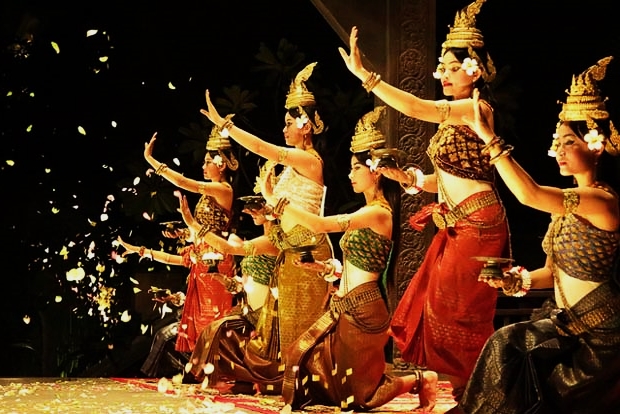Cambodian art is a cultural treasure that reflects the rich history and traditions of this fascinating Southeast Asian nation. From ancient times to the present day, Cambodian art has evolved and thrived, encompassing a wide range of styles and techniques that are as diverse as they are beautiful.
Explore the significance of Cambodian art, its history and evolution, and the various styles and techniques that make it unique. Whether you’re an art enthusiast or simply curious about the cultural heritage of Cambodia, this guide will provide you with a comprehensive overview of one of the world’s most fascinating art forms.
The History of Cambodian Art
The history of the country’s art is as old as the civilisation itself. The earliest examples of Cambodian art can be traced back to the pre-Angkor period, when the Khmer people first settled in the region. However, it was during the Angkor period (9th to 15th century) that art reached its zenith, with the construction of majestic temples and sculptures that still stand today as a testament to the Khmer empire’s artistic and architectural prowess.
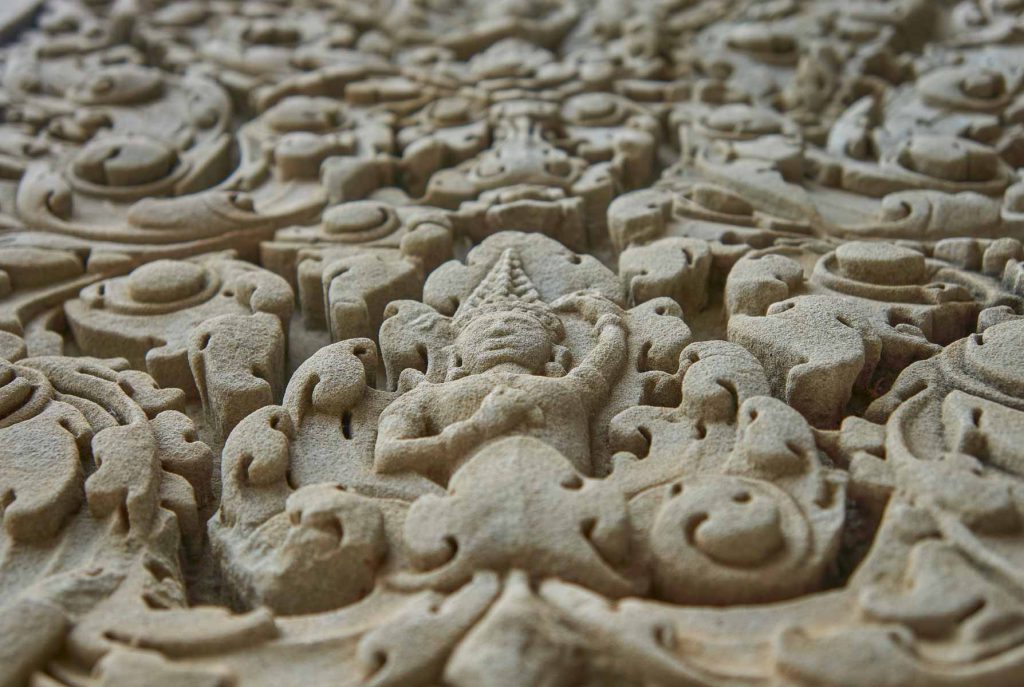
After the decline of the Angkor empire, Cambodian art entered a period of decline. However, it has since undergone various phases of renewal and innovation, making it a vibrant and evolving art form. Today, it continues to be an important part of the country’s cultural identity and a source of pride for its people.
The Evolution of Cambodian Art
Cambodian art has gone through a long and fascinating evolution that has been shaped by various cultural, religious and historical influences. The traditional forms of Cambodian art were heavily influenced by Indian and Chinese art, which arrived in the region through trade and cultural exchange. However, Cambodian art also developed its own unique style and techniques, such as the use of intricate patterns and the depiction of mythological figures.
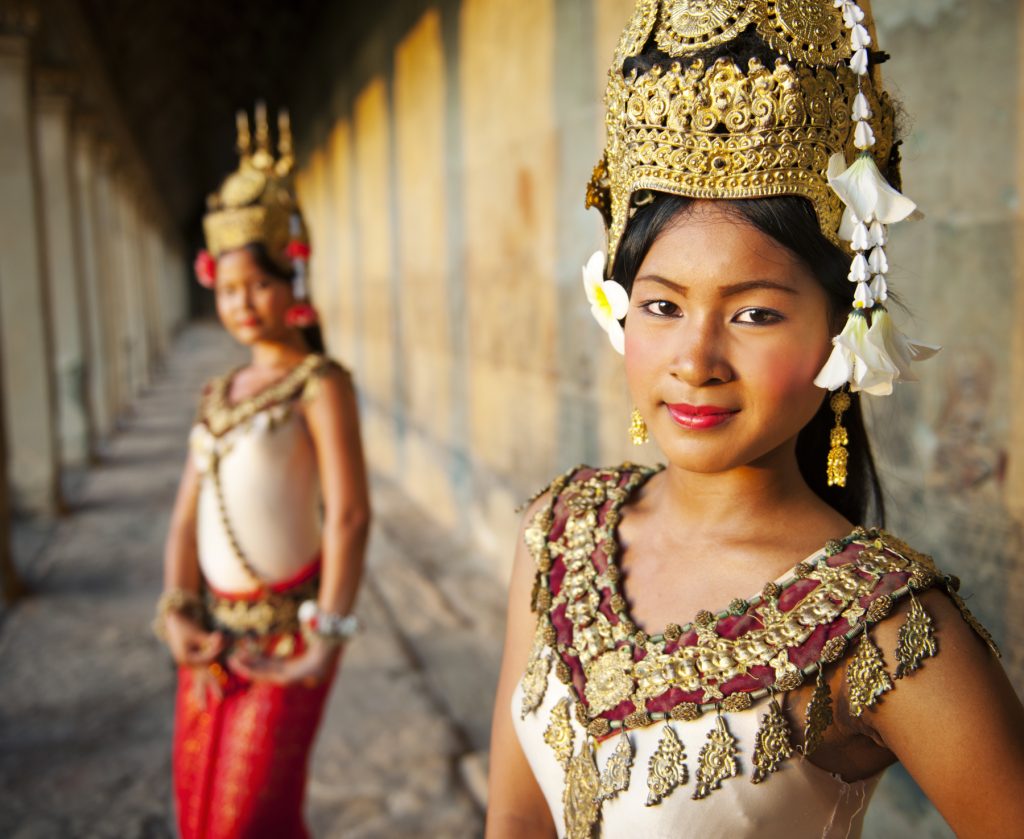
During the French colonial era, Cambodian Art underwent significant changes as a result of modernisation efforts and the introduction of new materials and techniques. In the post-independence era, there was a revival of traditional art forms, such as classical dance and music, and new contemporary art movements emerged.
Today, it is a vibrant and diverse art form that encompasses a wide range of styles and techniques, from traditional to contemporary, and continues to evolve and adapt to the changing times.
Artistic Styles and Techniques
Some of the most prominent styles include painting, sculpture, ceramics, textiles and performing arts.
Cambodian painting is characterised by intricate patterns and vibrant colours, and is often used to depict religious and mythological themes. Sculpture, on the other hand, is known for its intricate carvings and statues of gods, goddesses and mythological creatures. Ceramics, including pottery and stoneware, are also an important part of art, and are known for their distinctive glazes and intricate designs.
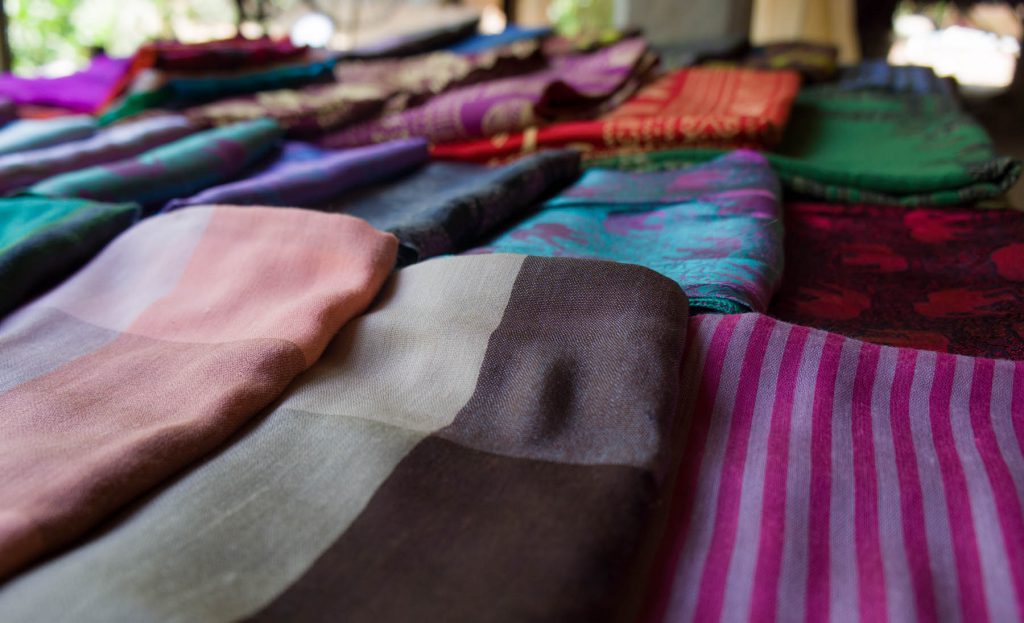
Textiles, including silk weaving and embroidery, are also an important part of the art, and are often used to create beautiful garments and accessories. Finally, performing arts such as classical dance and music are an integral part of Cambodian culture, and are characterised by their graceful movements and intricate costumes.
Significance of Cambodian Art in Culture and Society
Cambodian Art is more than just a form of creative expression; it is an important part of the country’s cultural heritage and identity. It has played a significant role in shaping the country’s history, from the majestic temples of the Angkor period to the revival of traditional art forms in the post-independence era.
In addition to its historical and cultural significance, Cambodian art also has a spiritual dimension. Many of the traditional art forms are imbued with religious and mythological themes, and are used as a means of connecting with the divine.
Where to Experience Cambodian Art
There are many places in Cambodia where visitors can experience and appreciate the country’s rich artistic heritage. The most famous of these is, of course, the Angkor temples, which are home to some of the most magnificent examples of Cambodian art, including intricate carvings, bas-reliefs and statues.
In addition to the Angkor temples, there are also many museums and art galleries throughout the country that showcase art. These include the National Museum of Cambodia in Phnom Penh, which houses an extensive collection of Khmer Art, and the Silk Island Art Center in Siem Reap, which offers visitors the opportunity to watch artisans weaving silk on traditional looms. There are also contemporary art galleries in both Phnom Penh and Siem Reap.
Finally, visitors can also experience a vibrant performing arts scene, which includes classical Apsara dance and music performances, as well as traditional shadow puppetry and other forms of theatre.
What Next for Cambodian Art?
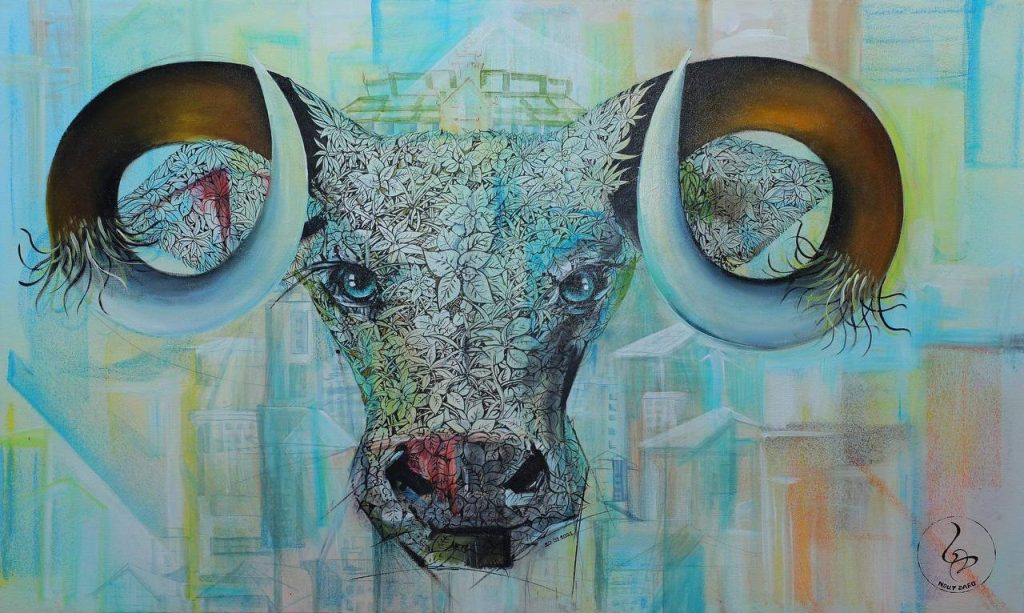
Both the capital Phnom Penh and Siem Reap have a diverse and dynamic art scene. Young Cambodian artists such as Daro Nout are pushing boundaries in a way that would have been unthinkable a generation ago.
Art has an economic significance, as it is an important source of income for many Cambodian artists and artisans. By supporting the country’s art and cultural industries, visitors can contribute to the preservation and promotion of this unique and valuable cultural heritage.
So why not plan your next trip to Cambodia and discover the beauty and diversity of this rich and vibrant artistic tradition for yourself?
